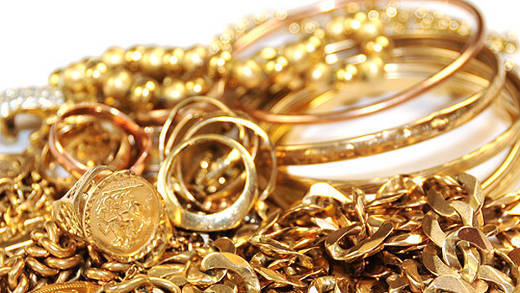Efficient Techniques for Confirming the Authenticity of Gold Objects
Efficient Techniques for Confirming the Authenticity of Gold Objects
Blog Article
Au has been a precious commodity for centuries, and its genuineness is essential for buyers and vendors alike. Confirming the legitimacy of gold can avoid monetary loss and guarantee that people are making wise purchases. There are numerous effective techniques that can be used to determine whether Au is genuine or fake. These approaches range from simple tests that can be done at one's residence to more advanced techniques that necessitate expert tools.
One of the most frequent approaches for verifying Au is the chemical test. This test involves putting a small amount of nitric acid to the Au item. Genuine gold will not react to the acid, while fake Au or gold-coated items will show a discoloration or response. It is important to use this method carefully, as the chemical can harm the item if not used properly. This test is popular because it is fairly affordable and can provide quick results. However, it is advised to conduct this test in a well-ventilated area and to wear safety gloves.
Another efficient method is the magnet test. Au is not magnetic, so if a magnet sticks to the item, it is likely not real Au. This method is simple and can be done at one's residence with just a domestic magnet. However, it is important to note that some gold-plated items may also not be magnetic, so this test should be used in combination with other methods for more precise results. The magnetic test is a quick way to rule out clear fakes, making it a useful first step in the verification process.
The mass test is another trustworthy method for assessing the authenticity of Au. Gold is a heavy metal, and its density can be calculated by weighing the item and then calculating its volume in water. To conduct this test, the gold item is weighed, and then it is dipped in water to see how much water is displaced. The mass can then be calculated using the equation: density equals weight divided by volume. If the mass of the item does not match the known density of Au, it is likely not real. This approach requires some fundamental math skills but can provide a more precise assessment of the item's genuineness.
For those see post who want a more professional method, taking the gold item to a jeweler or a certified valuator is a good option. These professionals have specialized tools and expertise to accurately assess the genuineness of gold. They can conduct tests such as X-ray fluorescence, which can determine the metal makeup without damaging the item. Certified appraisers can also provide documentation and certification, which can be important for resale or coverage purposes. While this method may involve a fee, it offers reassurance and a thorough assessment.
In conclusion, confirming the genuineness of gold is crucial for anyone looking to purchase or trade this precious metal. Techniques such as the acid test, magnet test, density test, and expert appraisal can help people determine whether their gold is genuine or fake. By using these methods, purchasers and sellers can protect themselves from deception and make informed decisions about their purchases. Comprehending these techniques can enable people in the gold market and guarantee that they are handling with genuine products.